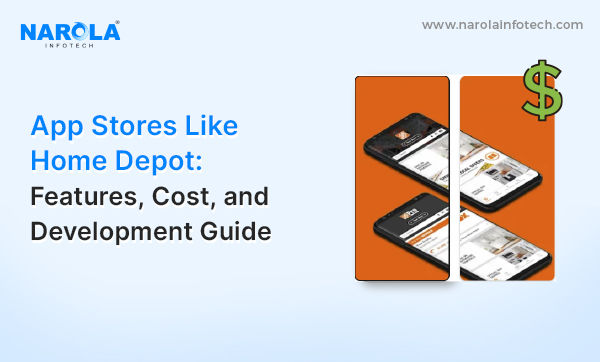The Bot That Loved Me
- NarolaInfotech

- Nov 18, 2019
- 3 min read

The bot that loved me could be the secret to making workers happier, improving productivity and reducing expenses. As soon as we consider automation, average cases - factory floor robotics, spam filters, and automated software testing applications --frequently came into mind. However, what if automation could be provided with a dramatic upgrade, one made more intelligent by integrating these tools together with machine learning (ML) technologies? Imagine a world in which automation programs see how exactly we work, subsequently utilize artificial intelligence (AI)-driven insights to reveal just how to work (or upgrade our work efforts for all of us ) to the fly.
It isn't a fantasy: Intelligent automation is currently coming plus it'll profoundly change how people work.
Now, automation tools are all largely dispersed and dispersed in their own fiefdoms. A site chatbot does connect to a customer service employee unless it's programmed to hand off a conversation if certain conditions are met. The chatbot development follows its programming rather than changing route unless it's arranged to achieve this. We first figure out what you want to automate we produce and then look the bot to use because of the intent As soon as we produce something like this.
However, this all really is currently changing from the bottom up.
Machine learning will decide exactly what things to automate
Here's what the potential for automation appears like: Rather than discovering a process that individuals would like to automate, then how we work will be observed by a machine learning agent, collecting and mining historical data to determine where opportunities for automation lie. Even the AI tool will hypothesize a solution in the shape of an automated process change and mimic how productivity will improve or lead to improved business outcomes.
From that point, the optimized, automated process will be implemented within the working environment incorporating itself with the objective of reducing manual efforts--that the so-called busywork that occupies so much of this day. This mix of human and digital labour is identified as orchestration.
Orchestration allows us to craft a golden standard of automation-driven best practices that could be standardized across the organization when used throughout the enterprise. These tools will always monitor their own operation (and could also monitor employees' operation ) and improve their own algorithms as additional data is captured, becoming better each day when applying their learning to other obstacles that feature related problems. By way of instance, an algorithm that routes incoming client care mails could ultimately accommodate itself to route internal employee evaluation documents.
Automation includes software across a wide assortment of sectors, areas, departments, and project roles. It may be utilized for everything from advancing messaging to assigning charging codes to streamline external marketing initiatives.
But while orchestration is going to discover loads of applications at work, it isn't restricted including sending automatic email responses to customer inquiries or onboarding new employees.
Imagine an insurance professional who develops policies for his customers, primarily based on exhaustive surveys that detail their specific needs. These coverages usually take some time to build developed from profound catalogues of varying provisions, costs, and benefits. It's also a one that demands substantial attention, although it might be a procedure that is straightforward.
Intelligent automation eliminates almost most of this effort. A microbot determines where automation could improve the product without involving the representative directly and streamline the workflow, discover where too much manual effort is occurring and may detect the workflow of this insurance professional.
As the representative might assert oversight, he'd be freed from the mundane elements of the job, since the microbes would write the policy on his benefit, letting the agent focus on the Big Picture task of serving his clientele.
One of the goals of intelligent automation is always to extend this benefit to everybody else across the organization. You shouldn't need to have the IT section to take advantage of automation, even because these tools have been built to jettison that which was a technical and very tough process and get it far.
The insurance agent example above can sound complex, however, at its centre, it's a fundamental problem that every researcher has: needing to get long hours in a meticulous process which does not make the best usage of the professional's skill or time set. The great intelligent automation toolkit is intended to be approachable by everyone, and organizations will not need a staff of data scientist to execute it.
Until we trust them enough to put the full burden of the enterprise in their backbone, intelligent automation bots need to overcome these fears.
Take yet another business case that virtually every large enterprise struggles with the telephone centre. The call centre is a good case because we can easily see what call centre agents perform, and how they handle each call. Energy has been expended in tracking calls, determining the form of a call, and routing it. Call centre managers pride themselves on using a mountain of information about every call that comes into the centre.











Comments